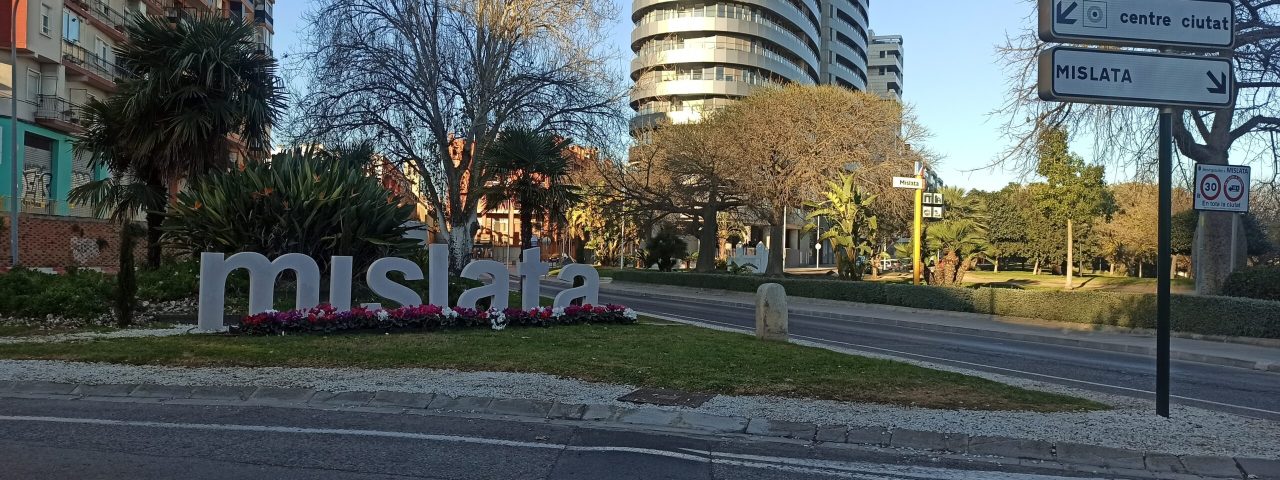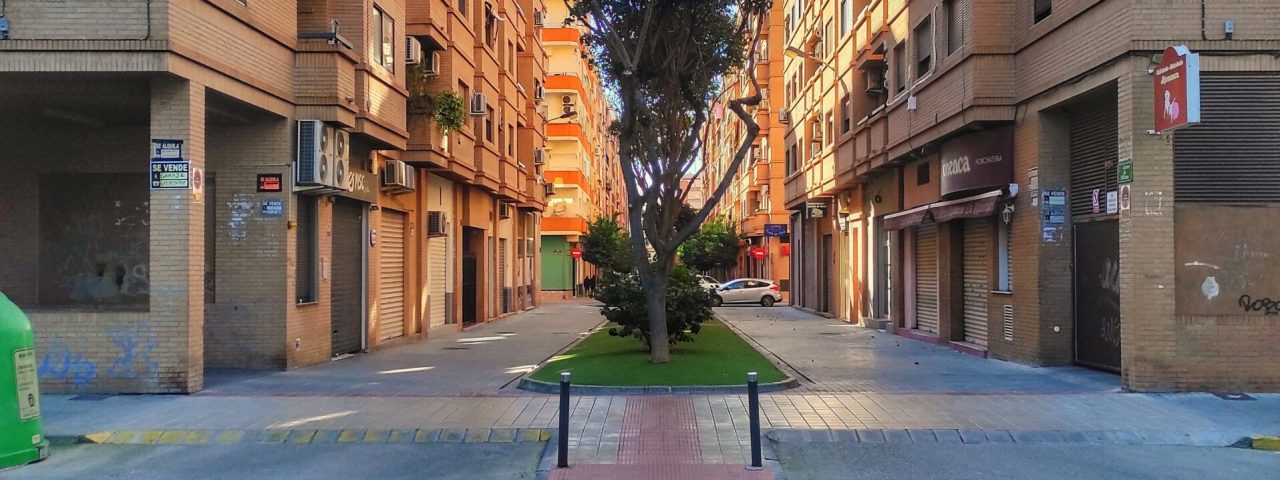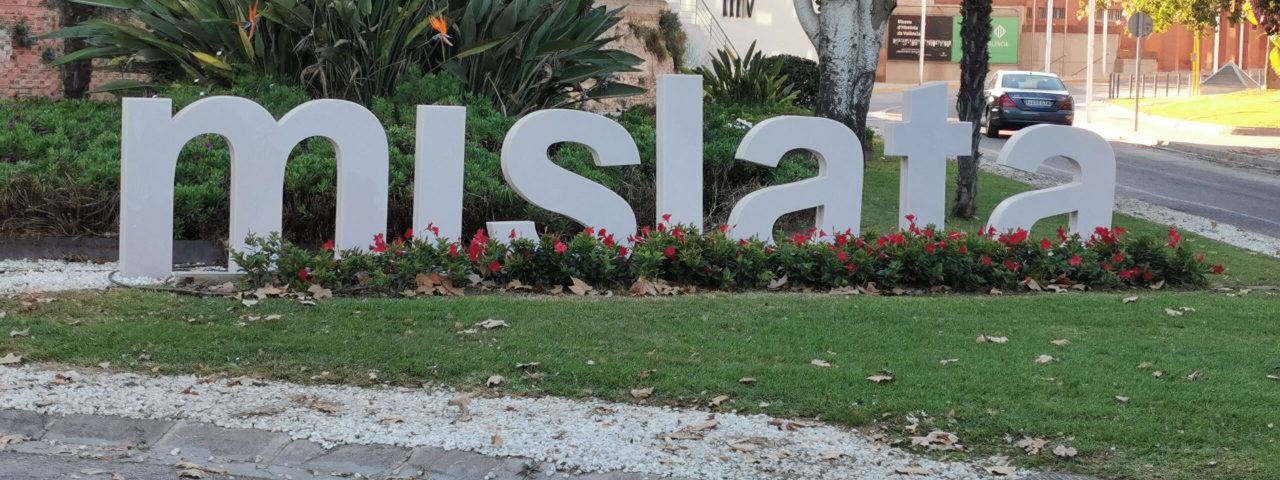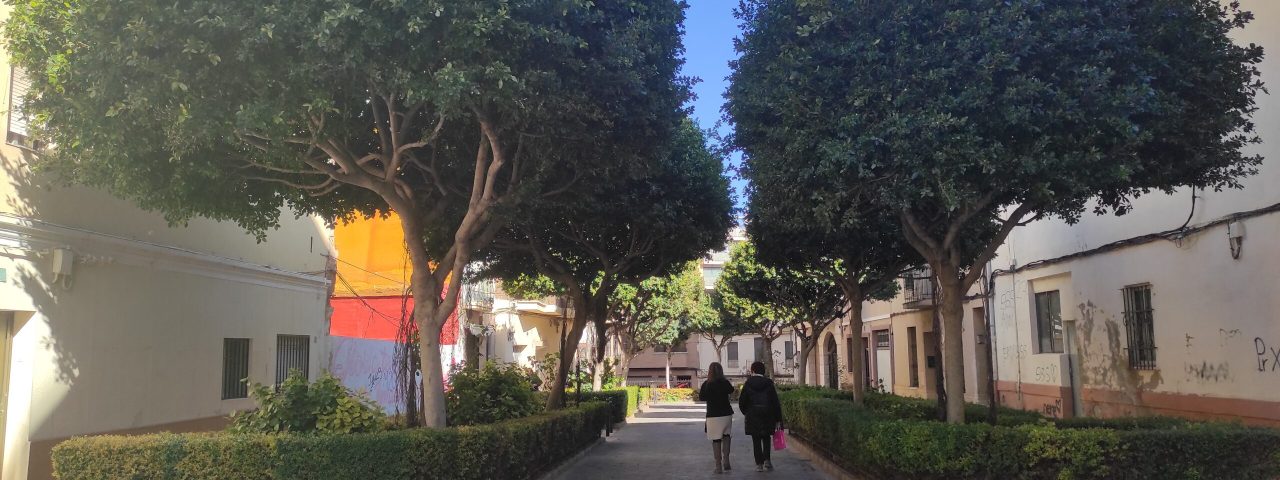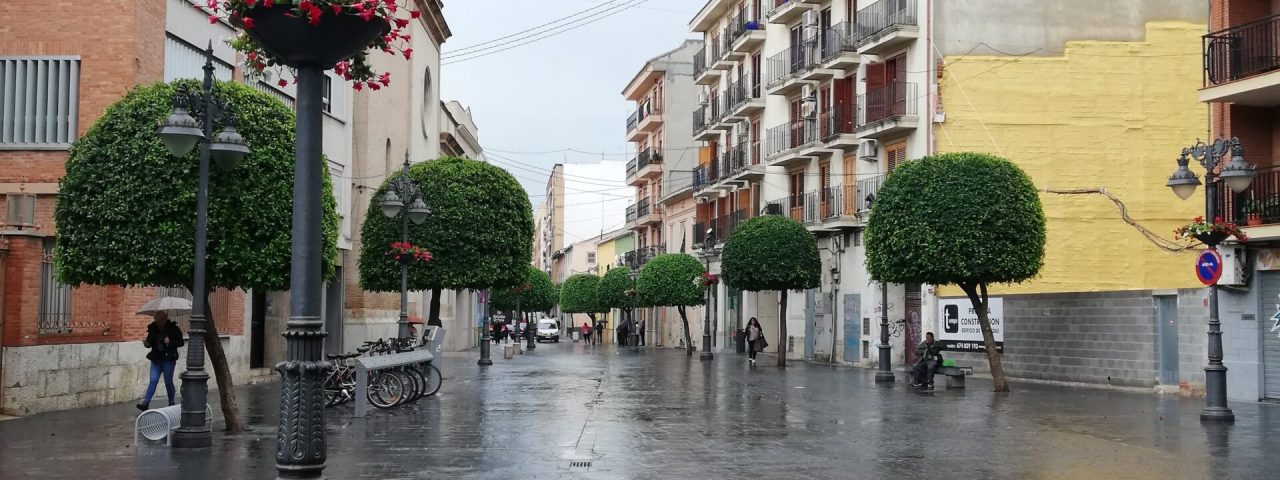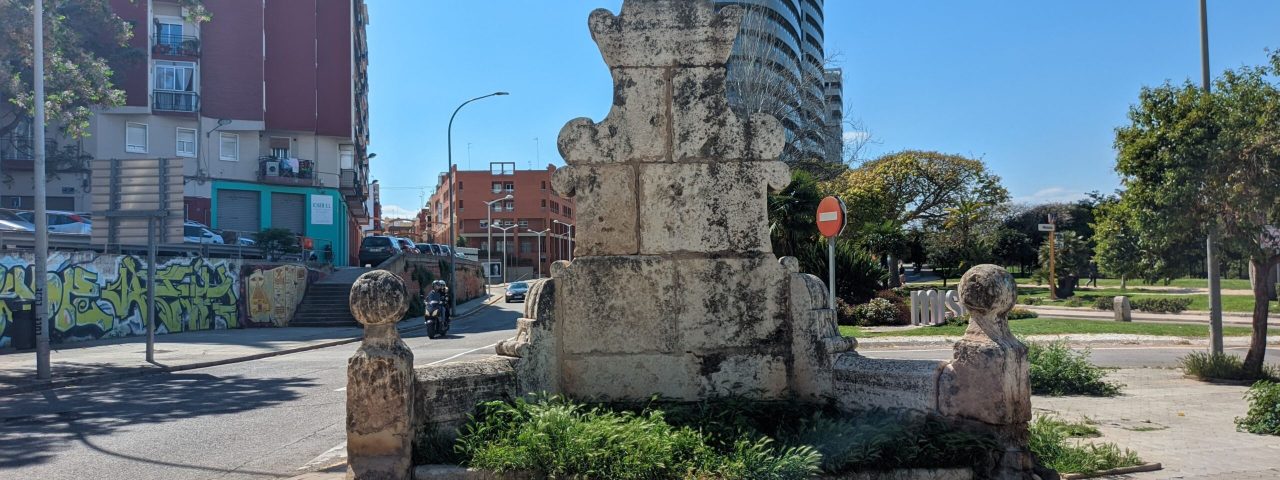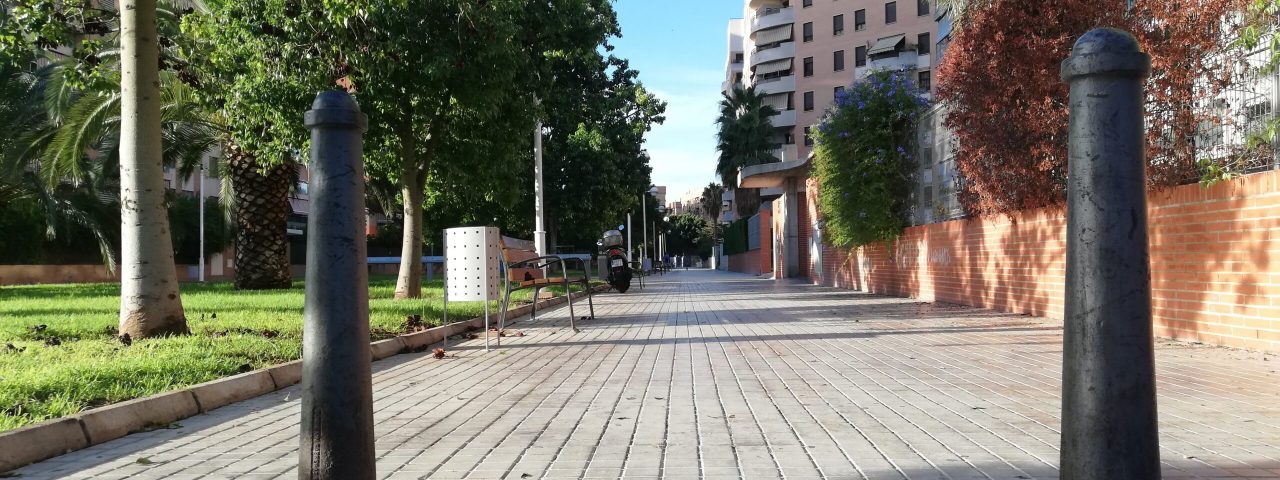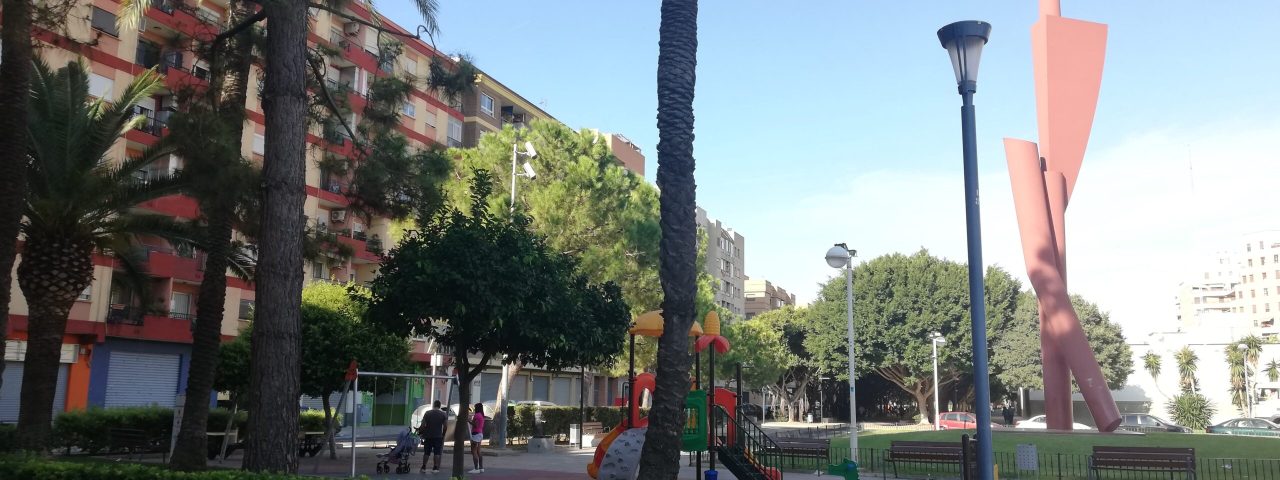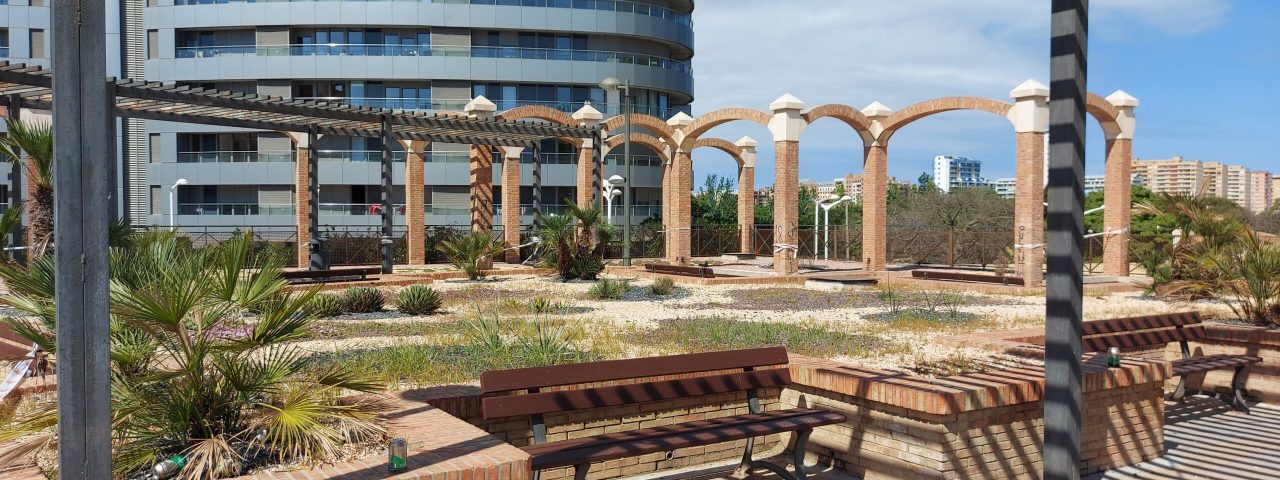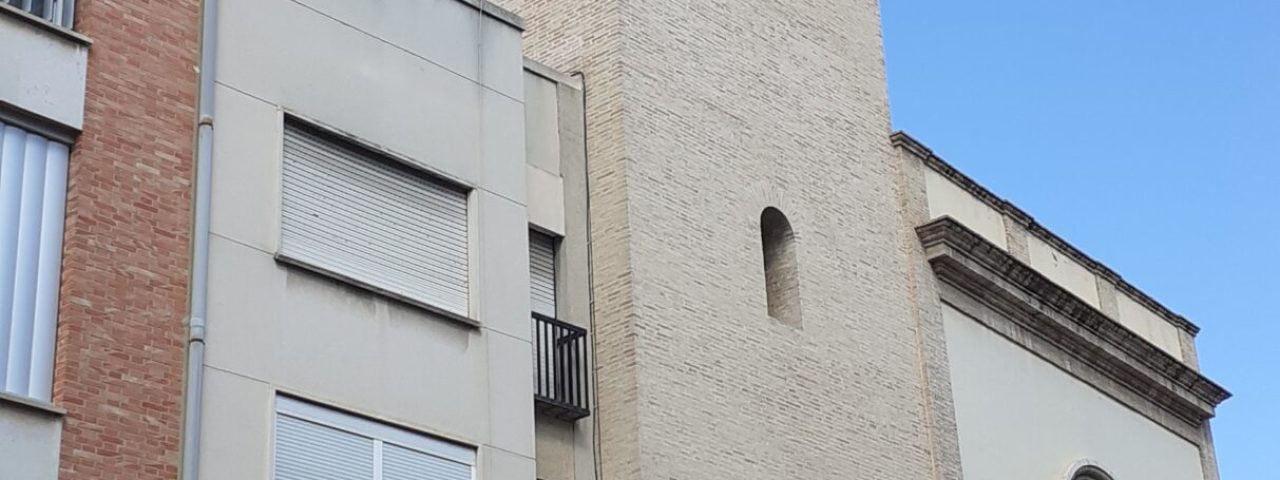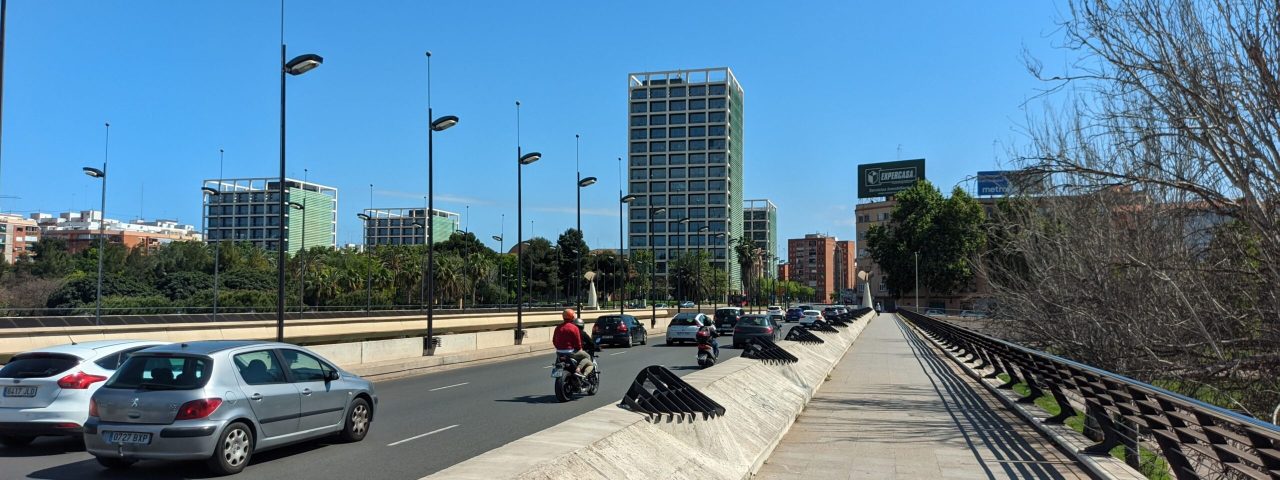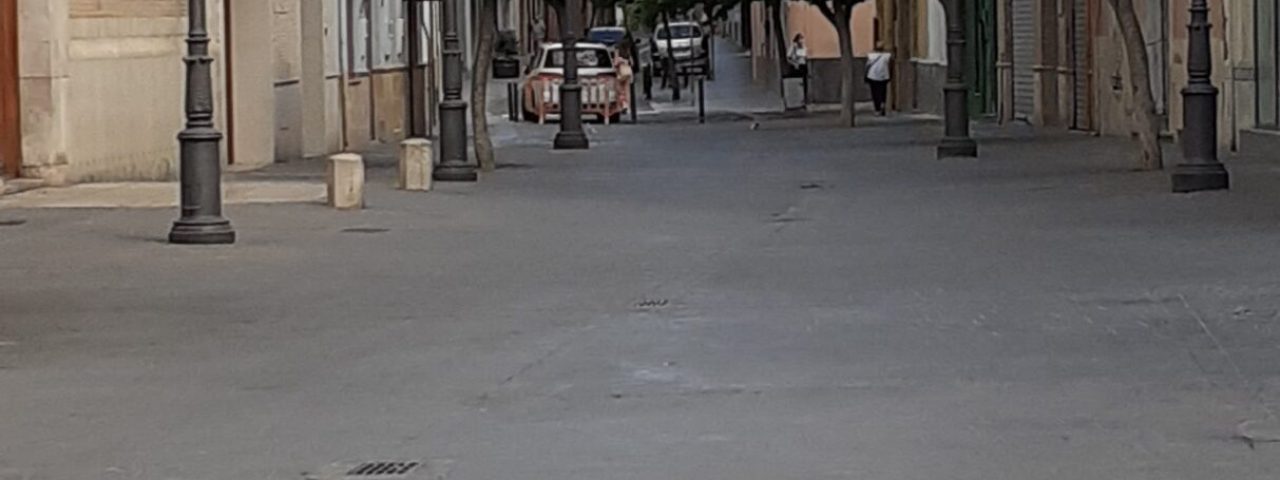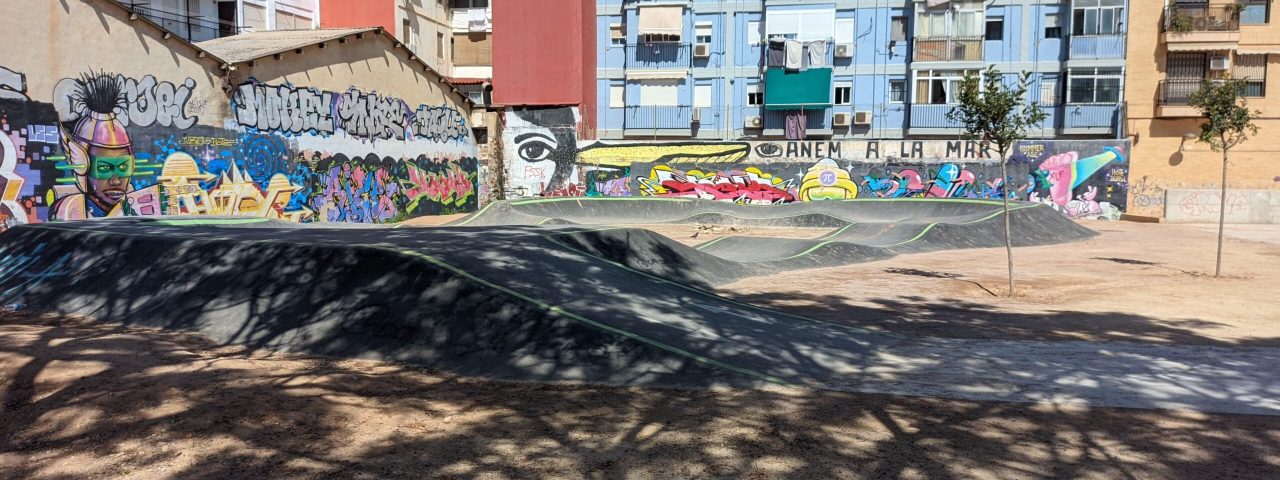Mislata’s history stretches back to ancient times, with evidence of Roman influence in the region. During the Moorish rule of Spain, Mislata, like many cities in the Valencia region, flourished as an agricultural hub, benefiting from the advanced irrigation techniques introduced by the Moors. After the Christian Reconquest in the 13th century, Mislata became part of the Kingdom of Valencia and saw significant growth as a farming community. Its proximity to Valencia allowed it to develop rapidly over the centuries, yet it has retained much of its traditional Spanish charm.
Culturally, Mislata is deeply rooted in Spanish traditions. The city celebrates several major festivals, the most prominent being the Fallas, a vibrant festival of art, fire, and music held every March. Similar to Valencia, the streets of Mislata are filled with impressive sculptures made from papier-mâché, which are eventually burned in spectacular bonfires. Mislata also celebrates local festivals like La Virgen de los Ángeles, which honors the city’s patron saint with processions, concerts, and street performances.
Local customs, such as the siesta and traditional Spanish dances, still play an important role in Mislata’s daily life. Visitors will be enchanted by the blend of modernity and tradition, from the lively marketplaces to the historical architecture scattered throughout the city.
